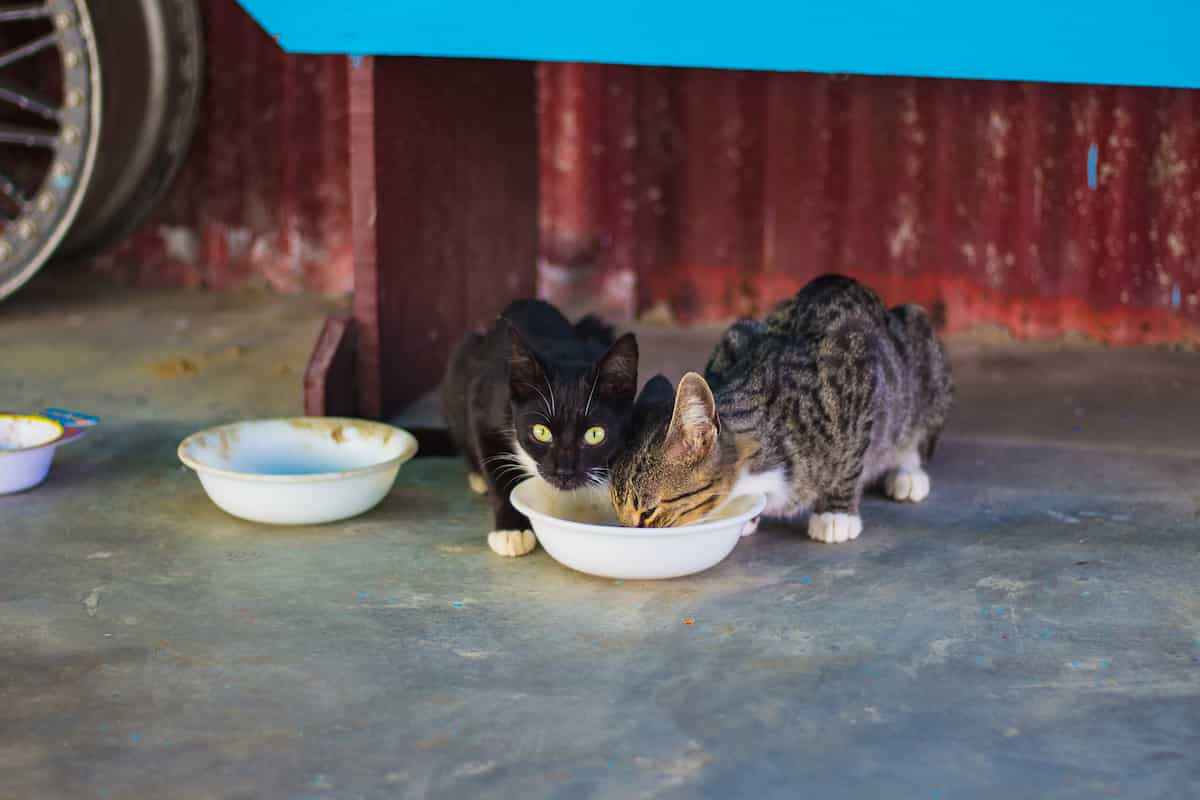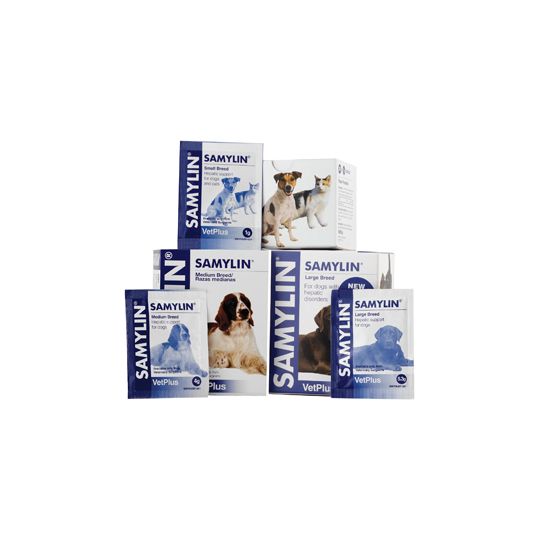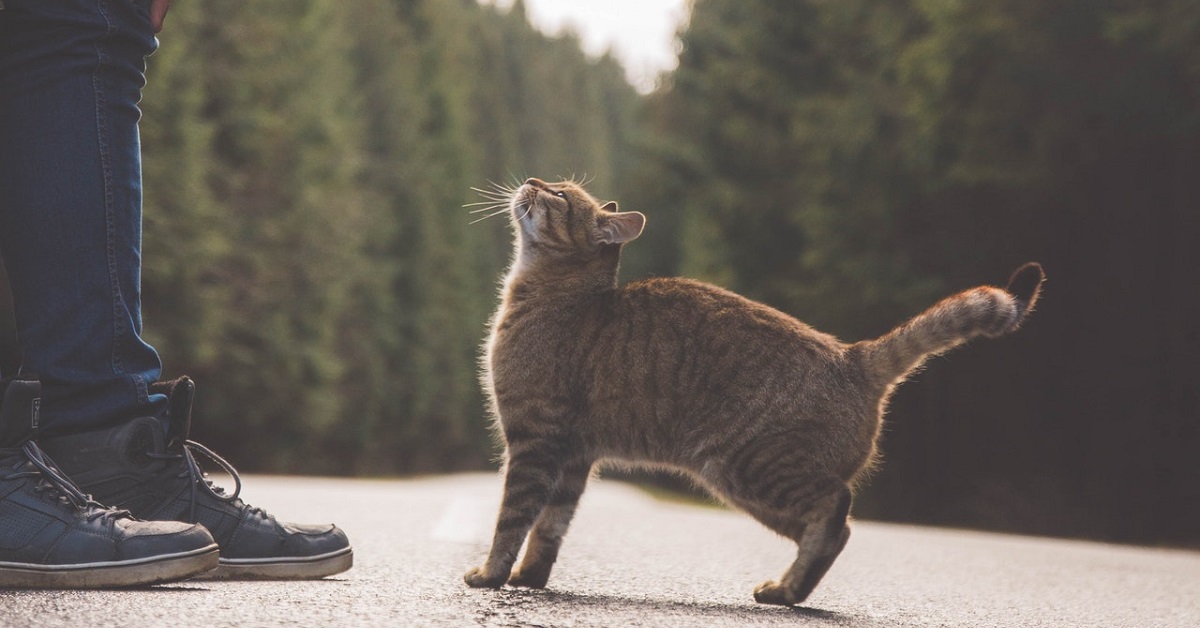Vetpharmacy.co.uk Cookie Policy : We use cookies to enhance your user experience. To find out more please view our cookie policy
How to Diagnose & Treat Cat Liver Disease

Your cat's liver is an incredibly vital organ that is vulnerable to damage and diseases. As a result, recognising early symptoms of illness in your cat can help them to be treated faster. Continue reading to learn more about diagnosis and cat liver disease home treatment, so you can keep your cat happy and healthy!
What’s the function of the liver?
Life would not be possible without the liver. This organ performs important functions such as removing harmful chemicals and drugs from the body. Using fats, proteins, and carbohydrates, the liver helps regulate metabolism. Blood-clotting factors, essential proteins, and bile that aids in digestion are also made in the liver.
The liver is situated at the back of the diaphragm near the stomach, small intestines and spleen.
What’s the most common liver disease in cats? (Cat liver disease home treatment)
Hepatic lipidosis is the most common liver disease that affects cats. However, there are other common liver diseases such as Neutrophilic cholangitis, Lymphocytic cholangitis, Toxic liver damage, Liver tumours, Amyloidosis and hepatic peliosis. Hepatic lipidosis usually occurs when a cat abruptly stops eating or experiences severe weight loss.

Other causes of liver problems in cats
A good number of conditions can bring about or worsen liver disease in cats. These conditions include:
- Cancer
- Acute pancreatitis
- Infection
- A foreign body
- Parasites
- Injury to the liver, including decreased blood supply or trauma
- Inflammatory Bowel Disease (IBD)
- Heatstroke
What are the symptoms of liver disease in cats?
The appearance of a yellow tint or colour on the skin or in the whites of the eyes may indicate liver disease. Jaundice, or icterus, is another name for this yellow colour. It is also possible for cats to develop swelling in the abdominal area called ascites. Ascites is caused by an accumulation of fluid in the abdomen.
It is not uncommon for cats with liver disease to also exhibit other unrelated symptoms. These include alterations in behaviour like bleeding, sleeping unusually or hiding, weakness, increased urination and drinking, disoriented appearance, not eating, diarrhoea, nausea and vomiting, and increased drooling/salivation.
How do you prevent liver disease?
You need to closely monitor your cat's eating habits and weight. Obese and overweight cats are more prone to liver diseases, including hepatic lipidosis.
You should never allow your cat to go longer than 24 hours without eating. Consult your veterinarian if your cat suddenly stops eating.

Cat liver disease home treatment
The treatment for your cat depends on its symptoms. It is not often necessary to hospitalise cats that show mild liver disease signs. You can give them medication to soothe nausea and vomiting, as well as to encourage eating.
Its treatment is also highly dependent on its cause, which is why liver biopsies are often necessary. The use of support treatments as well as specific treatments may be beneficial in many cases, including the provision of intravenous fluids in cases of dehydration, nutritional support, and medications, such as:
- Vitamin K
- Silybin/Silymarin
- Ursodeoxycholic acid (UDCA)
- S-adenosylmethionine (SAMe)
Learn more about nutritional pet foods in our previous blog post here:

How long does cat liver disease home treatment take?
In order for the liver to regain function and mobilise the fat stores, it needs to receive a high level of nutritional support. On average, the treatment takes six to seven weeks.
Do not hesitate to seek help if your cat hasn't eaten in 24 hours or more. Some cats can develop hepatic lipidosis as a result of this. You should seek professional assistance if your cat exhibits any of the above symptoms.
Shop Liver Supplement Dog Eye Cleaning
This blog post was written on behalf of Vet Pharmacy by Pharmacy Mentor.
